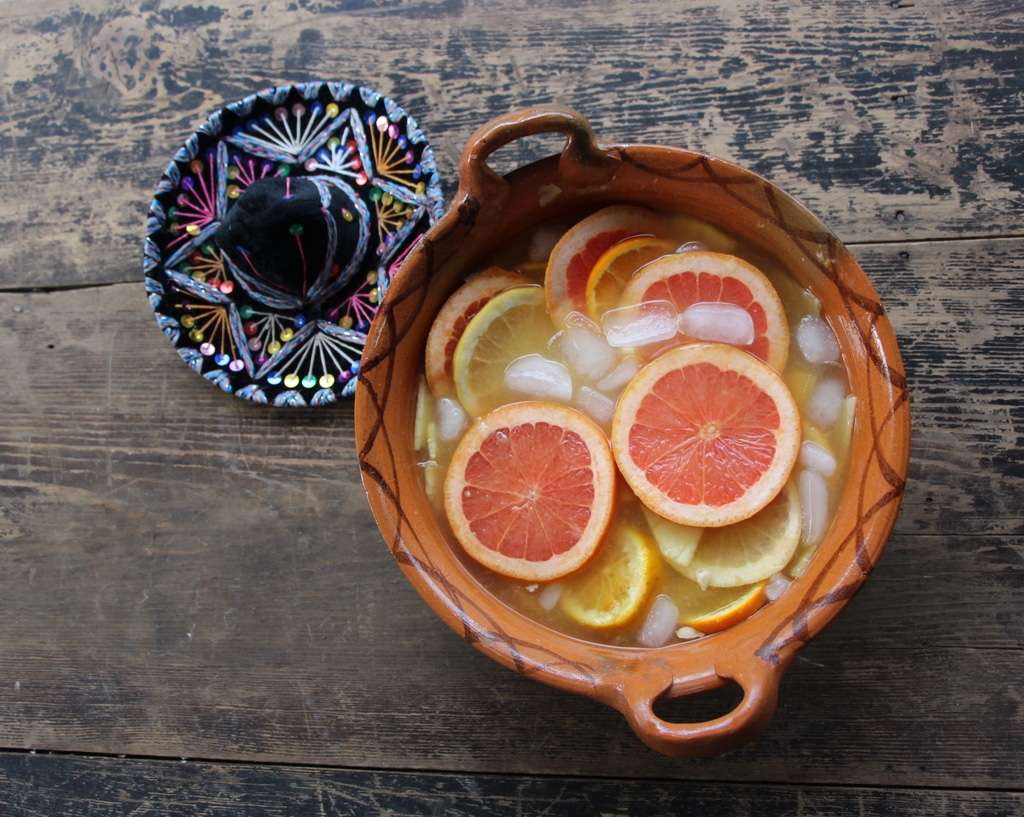Rum is often referred to as the “nectar of the Caribbean” and is one of the most spirits out there. This alcohol has a long and rich history and has been appreciated for centuries. Its history can be traced back to the sugarcane plantations of the Caribbean islands during the 17th century, which means that alcohol has indeed been around for quite some time.
The story goes that when European colonizers looked for ways to monetize the many sugarcane plantations, they discovered that they could create a flavorful alcoholic beverage with them. This is achieved by fermenting and distilling molasses which is a byproduct of sugar production. This ultimately became the birth of what we know as rum today.
Rum quickly gained popularity among colonists as well as sailors and pirates, making it a popular trade commodity.
With its long history, rum has become an important cultural symbol in many places around the world. Its roots are particularly present in the Carribean Islands to Latin America, and beyond. You’d be surprised to learn that rum has come to play an important role in customs, celebrations, and traditions. And as mentioned briefly earlier, rum played an important role during the era of the Triangular Trade that shaped the economies of the colonial powers.
The history of Rum
As we touched on briefly, the roots of this legendary spirit can be traced back to the Caribbean during the 17th century. European colonizers established sugar plantations and rather quickly, it was discovered that the process of sugar production generated a byproduct known as molasses. Looking to find economic value in this leftover substance, the colonialists began fermenting and distilling molasses which gave birth to Rum.
Naturally, the production methods used for rum-making in the beginning were rather basic compared to today’s standards. Distillation apparatuses were simple and the resulting spirit had a robust, raw character – far from the smooth and enjoyable rum we have today. In fact, the early rum was sometimes called “kill-devil” due to its intense and fiery nature.
The popularity of rum spread quickly as it gave enjoyment and had great resistance to spoilage thanks to the presence of alcohol. This made it widespread for maritime journeys, which ultimately helped spread it around the world.
The techniques for making rum obviously changed and evolved a lot over the decades and centuries. Over time, the production of rum was refined with new distillation and aging techniques, allowing for finer and higher-quality Premium Rum. One such innovation was the introduction of pot stills and column stills. This allowed for greater control over the distillation, resulting in a more nuanced and sophisticated flavor profile.
Another important evolution was when rum makers began aging the spirit in wooden barrels. The interaction between rum and the wood allowed for more distinctive flavors, colors, and aromas which gave rise to the diverse categories of white, dark, and aged rums that we know today.
Ingredients and Production Process
As you know by now, the main ingredient in rum is sugar cane. Or more specifically, it is actually sugarcane juice or molasses. Sugarcane mainly grows in the tropical climates of the Caribbean and other rum-producing regions and it is these that are used as the raw material for fermentation and distillation. The exact composition of each rum will naturally vary.
For example, some rums are made from freshly pressed sugarcane juice which gives a bright and grassy flavor to the final product. This method is common in agricole rums, particularly in the French Caribbean.
Most rums are made from molasses which is a byproduct of the sugar-refining process. Molasses is a viscous, dark syrup that gives rum its characteristic sweetness and depth of flavor. This byproduct proved to be key in the early days of rum production, as discussed earlier.
As for the distillation and fermentation processes, the production of rum involves a balance between fermentation and distillation. The whole process starts with the fermentation of sugarcane juice or molasses. Yeast is then added to the sugary liquid which converts the sugars into alcohol. The initial fermentation stage typically lasts for a few days and gives the rum its base flavors. After the fermentation, the liquid undergoes distillation which is used to separate alcohol from the fermented mixture.
There are many different ways to distill the rum which in the end will affect the resulting rum. For example, things like the choice of the distillation apparatus, whether traditional pot stills or modern column stills, will have a great impact on the rum’s character.




